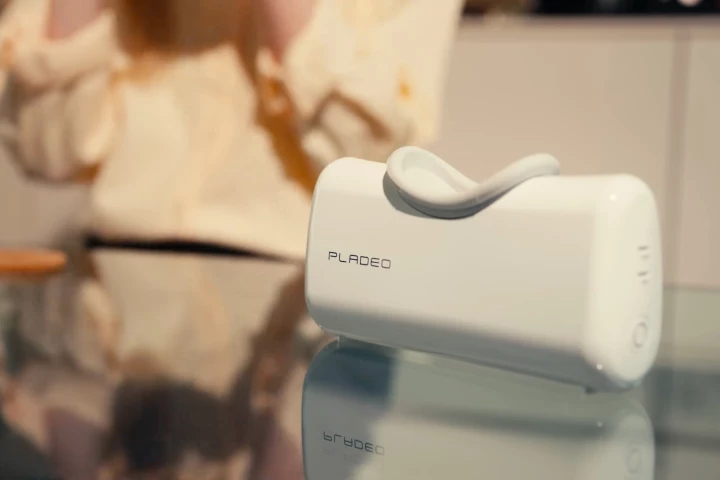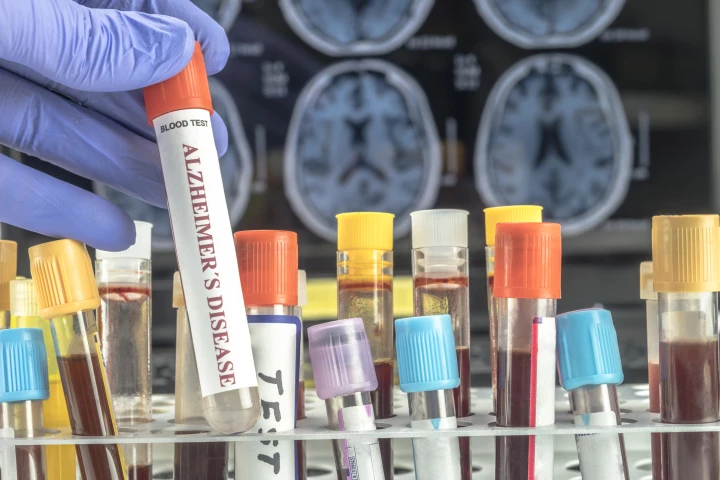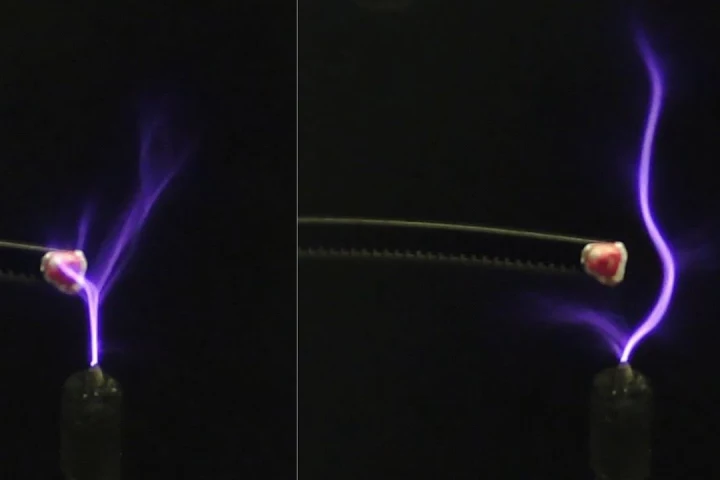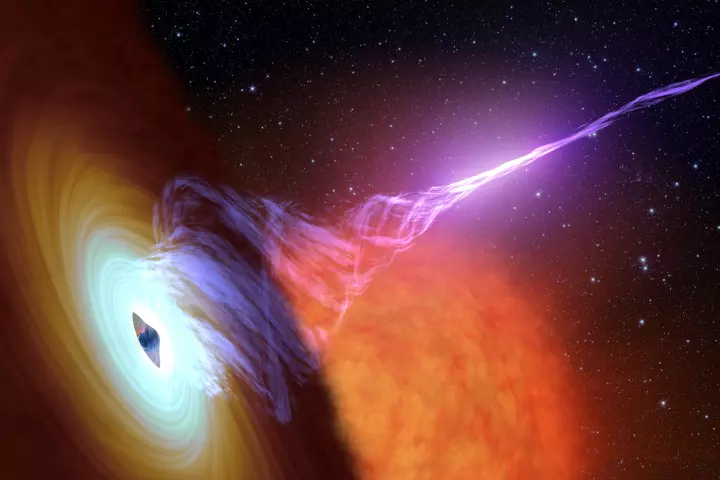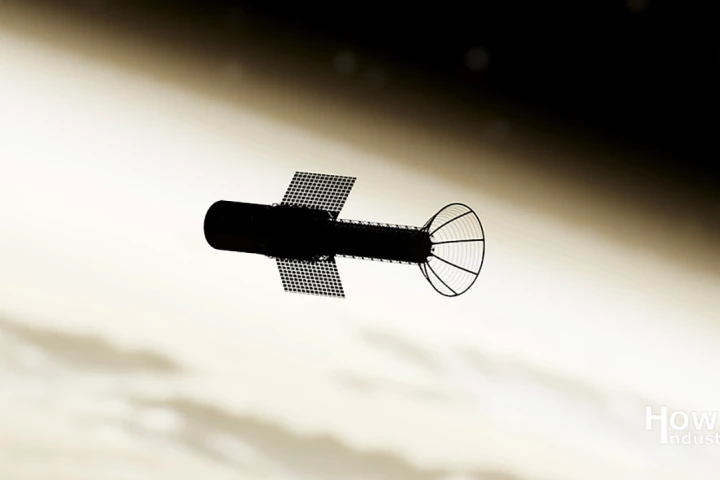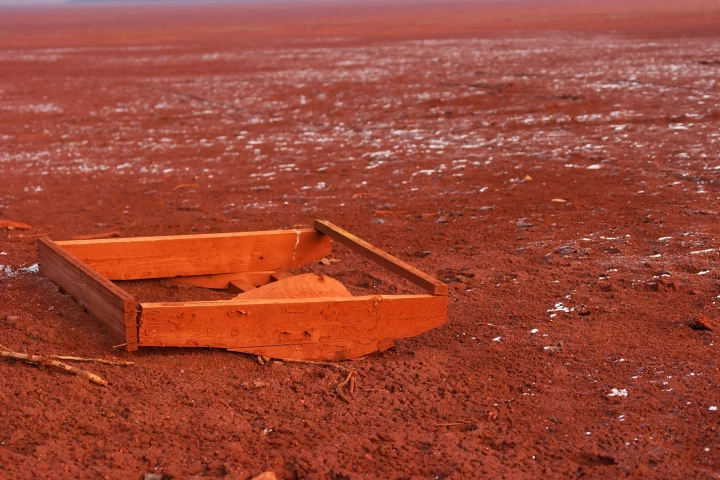Plasma
-
It's not your underarm sweat that stinks, it's the volatile organic compounds (VOCs) produced by bacteria as they break down the fatty acids in that sweat. A new device is claimed to prevent the stink by killing those bacteria with plasma.
-
Drill bits are out, death rays are in. On May 21, 2025, New Atlas hit up Quaise Energy’s literal groundbreaking demo in Houston, Texas where a mm-wave maser melted rock to unlock the deepest, hottest, cleanest energy anywhere.
-
The first blood test for Alzheimer's disease detection has been green-lit by the US Food and Drug Administration, providing a simpler, quicker and less invasive method of diagnosis and speedier intervention. It's a milestone moment for medical science.
-
Electricity is chaotic, and we normally need to constrain it to wires and circuits to make use of it. Scientists in Europe and Canada have now managed to guide sparks through thin air and even around obstacles using ultrasound waves.
-
The Michael J. Fox Foundation for Parkinson's Research has partnered with global healthcare company Grifols to identify biomarkers of Parkinson’s disease well in advance of symptoms appearing. The initiative could lead to new diagnostic tools and treatments.
-
Seeking to improve the tokamak fusion reactor known as ITER, researchers have found a way to stop rogue tungsten atoms from shearing off the walls and messing with the plasma. The finding is another important milestone on fusion's road to success.
-
The most abundant metal known to man is iron. It's everywhere. Not just on Earth, but in space as well. Astro engineers have just figured out how to use iron – or nearly any metal for that matter – as plasma rocket fuel.
-
Vantablack, which is the world's darkest material, could be in for some competition. Canadian scientists have created a super-black substance that has the potential to be cheaper, hardier and easier to manufacture … and it's made out of wood.
-
Supermassive black holes have been known to belch gigantic beams of plasma into space – and now scientists have managed to recreate these fireballs in a lab at CERN.
-
NASA and Howe Industries are working on a new rocket to make the trip to Mars much more manageable. The Pulsed Plasma Rocket could boast 100,000 N of thrust, unlocking speeds of up to half a million mph to cut months off a return trip to the Red Planet.
-
A new type of dressing is shaping up as a way to heal chronic wounds without the need for antibiotics. Using a helium plasma jet to activate hydrogel, researchers have created a highly effective antibacterial cover that can swiftly overpower wounds.
-
Researchers have devised an economical way of reducing the environmental impact of both the steel and aluminum industries by using hydrogen to melt down the toxic red mud left over from aluminum production to produce green steel in around 10 minutes.
Load More
